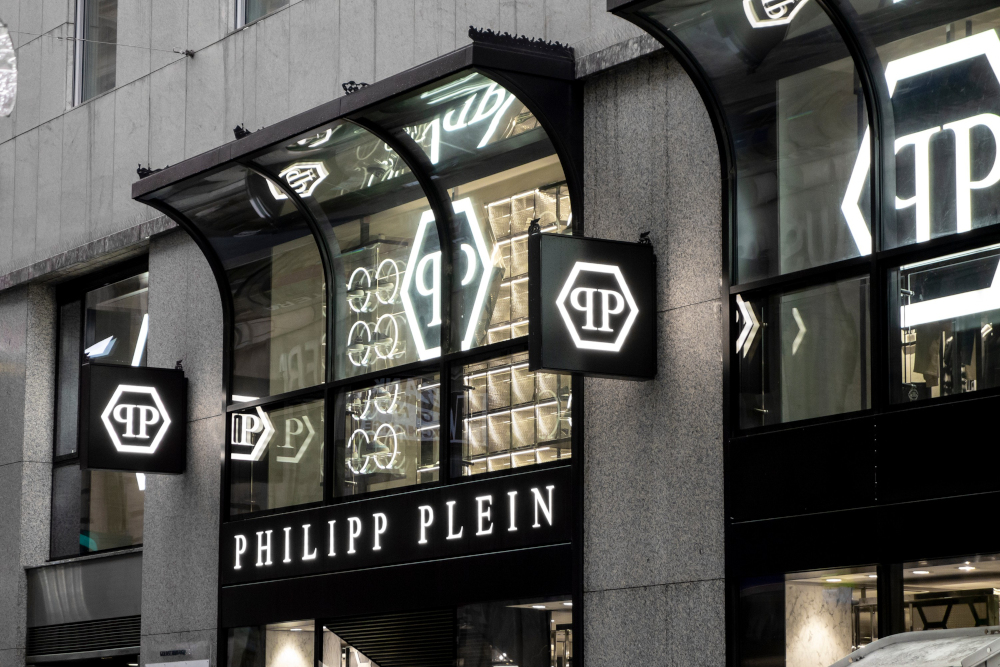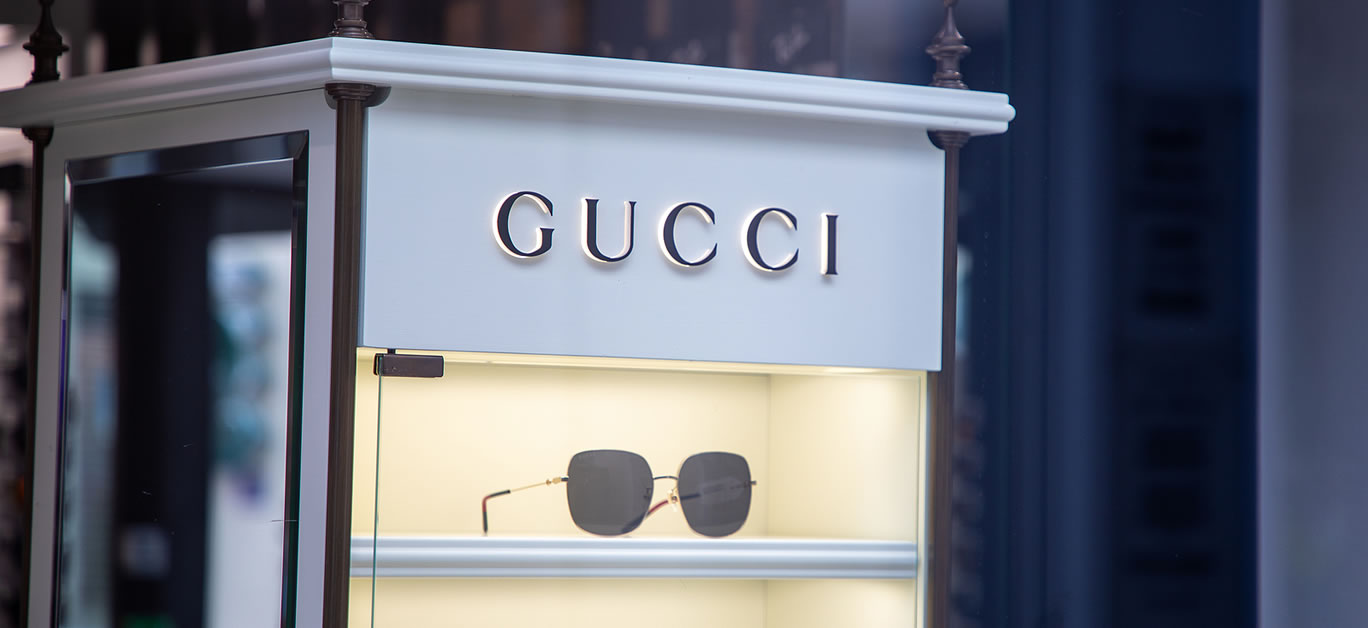Like it or not, cryptocurrency is here to stay, and while Bitcoin was once considered a passing fad that would never take off, since then, it has paved the way for a whole host of alt-coins, and these decentralised digital currencies are transforming the way we pay for goods and services.
Almost anyone considered a savvy trader in 2023 is likely sitting on some size of crypto fortune, but the ease with which it has become possible to make quick deposits and trades using popular online apps like Bitcoin Future (click here for more information), coupled with intelligent signalling software that helps users to make informed moves on the market, has meant that even those who had never made a trade in their lives previously are now embracing crypto, too.
Millennials and Gen-Z-ers have all, to some degree, grown up with words like ‘Bitcoin’ and ‘Ethereum’ as part of their day-to-day vocabulary, and today, young people are getting involved with investing for their futures more, and earlier, than ever before, which has in turn meant that the brands and business that rely on a youthful market share have had to adapt quickly, starting with luxury.

While luxury brands once marketed themselves at a slightly older target audience who had already ‘made it’ in life and had money to burn, they’ve had to adapt over the past ten years in order to keep sales figures riding high. Despite the current cost of living crisis in the UK, on the whole, young people have far more disposable income to spend than Boomers and the generations that came before them, and when you add that to the ongoing development of the online world, brands have had to completely revolutionise their marketing strategies in order to attract them.
Social media has played a key role in driving the change, and while luxury brands once relied on customers to seek them out and, in many cases, avoided advertising at all in a bid to maintain that all-important air of exclusivity, the fact is that young people are online, and live out much of their lives on there. So, as well as investing in digital marketing, we’ve also seen a growing number of high-end brands partnering with trendy celebrities and influencers in order to catch the attention of the young and, ultimately, start winning them over.
When you consider the fact that, on top of this, a growing number of Millennial and Gen-Z shoppers have some form of crypto in the bank, it’s clear that adopting Bitcoin, Ethereum and the like as means of payment is a wise move – something that luxury fashion houses like Gucci and Philipp Plein, as well as high-end car brands like Tesla, have been quick to do.
By integrating blockchain technology into their operations, they have allowed for customers of all ages to make quick, seamless and completely secure online transactions in exchange for goods and services, and doing so has won them a loyal following.

In fact, it’s fair to assume that to a certain degree, fans of other designer brands that have failed to follow suit have jumped ship and turned their attentions to the brands that have – boosting their sales figures, and seeing competitors slowly fall out of favour.
At times like these, losing out on such a significant demographic could prove to be a very costly mistake – and it’s far easier to keep an existing customer base engaged than it is to win them back when they’ve already turned their attentions elsewhere, which is why time is very much of the essence.
It isn’t just for the purchase of new goods and services that demand lies, either – and as the market for ‘pre-loved’ designer goods continues to grow amongst this decidedly more sustainability-conscious generation of today, blockchain has an important role to play when it comes to authentication. With so many counterfeit goods flooding the market, buyers want to know that they are buying the real deal – so second-hand shops and websites shouldn’t make the mistake of thinking the effects of the current crypto boom don’t apply to them.

There’s also a new and emerging market of digital goods in the form of non-fungible tokens, which are becoming a huge trend as the development of the metaverse continues to gather momentum. Those same luxury fashion brands – Gucci and Philipp Plein – are ahead of the pack here, too, with Gucci having already run two separate schemes that allowed buyers to snap up one-of-a kind digital fashion items, and Plein having opened a permanent ‘crypto-concept store’ on London’s Old Bond Street where shoppers can peruse a selection of unique luxury goods in real life and even try them on virtually before making their digital purchases.
Perhaps unsurprisingly, both brands have reported a spike in sales figures over the past two years, which is proof, if you needed it, that failing to implement a crypto strategy could be a mistake that is hard to come back from. According to one recent study, the crypto marker could amount to as much as $1.5 trillion by 2025, with millennials representing half of the total market and driving a whopping 85 per cent of sales growth.
So, for those who have yet to understand the changing demands of a younger customer base, it’s now or never – because time could be running out when it comes to staying relevant, and the tide is already beginning to turn.






















